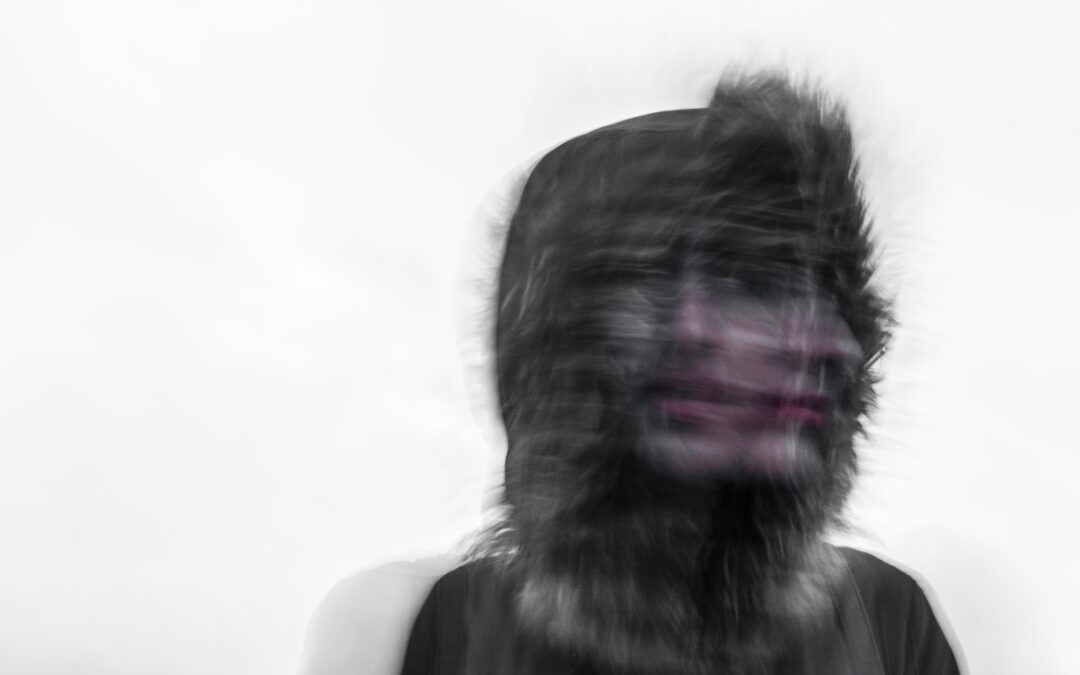Mental health struggles carry a burdensome social stigma, and this is never truer than in the case of bipolar disorder.
Those who suffer from this debilitating illness know all too well how damaging this stigma can be. Meanwhile, those who might benefit from bipolar disorder treatments often fail to gain an accurate diagnosis because of common misunderstandings about how the illness presents itself.
When you’re struggling with an illness as challenging as bipolar disorder, it doesn’t help to also have to contend with stigma and misinformation. Accurate, clear data can be a lifesaver for those trying to access care, and it’s with this in mind that we’ve decided to address the subject here.
Bipolar Disorder Treatment: Knowing Where to Start
Bipolar disorder is a bit of a misleading name because it implies that the illness is singular when, in fact, numerous types exist.
Receiving proper care depends on receiving a proper diagnosis and so it is important to determine if you have bipolar 1, bipolar 2, or a milder form of the disorder referred to as cyclothymia. Here, we focus on distinguishing the former two.
Bipolar 1 Disorder
Generally, bipolar disorder is characterized by episodes of extreme moods. Sufferers swing between manic highs and depressive lows.
Bipolar 1 is distinguished by the severity of manic episodes, or by the character of these high spikes. Those who struggle with this type of bipolar disorder experience full manic episodes that may interfere with daily life (irrational spending, high-risk behavior, etc.).
Major depressive episodes are not always associated with bipolar 1.
Bipolar 2 Disorder
People who suffer from bipolar 2 disorder do not experience full manic episodes. Their high spikes are referred to as hypomanic because they are less severe than those characterized by type 1. However, the major depressive episodes associated with bipolar 2 are more severe.
Often, those with bipolar 2 disorder are misdiagnosed as having depression because this may be their dominant symptom. Medication for bipolar disorder differs from that for depression, and so it is dangerous when this occurs.
Treatments for Bipolar 1 & 2
Standard treatment for both types of bipolar disorder involves a combination of medication and psychotherapy. Different people will respond differently to different medication doses and types. Often, it can take years to identify a treatment protocol that works for any one person.
Treatments for bipolar disorder are also always evolving. Ketamine infusion therapy is a relatively new approach that has proven effective at treating both bipolar 1 & 2. In many cases, just four to six ketamine infusions delivered over a two-week cycle are all that’s needed to achieve lasting relief.
Contact Vitalitas Denver
To learn more about how ketamine infusion therapy may be the bipolar disorder treatment you’ve been searching for, do not hesitate to schedule a consultation at Vitalitas Denver—a ketamine clinic staffed by a qualified and experienced full suite of dedicated medical professionals.


